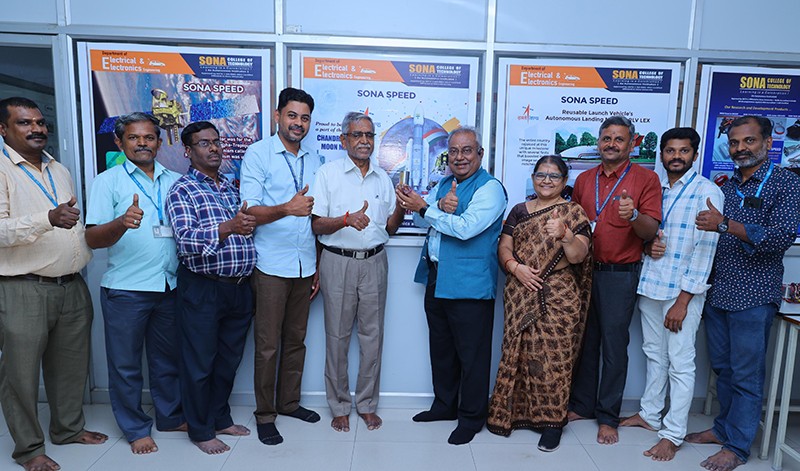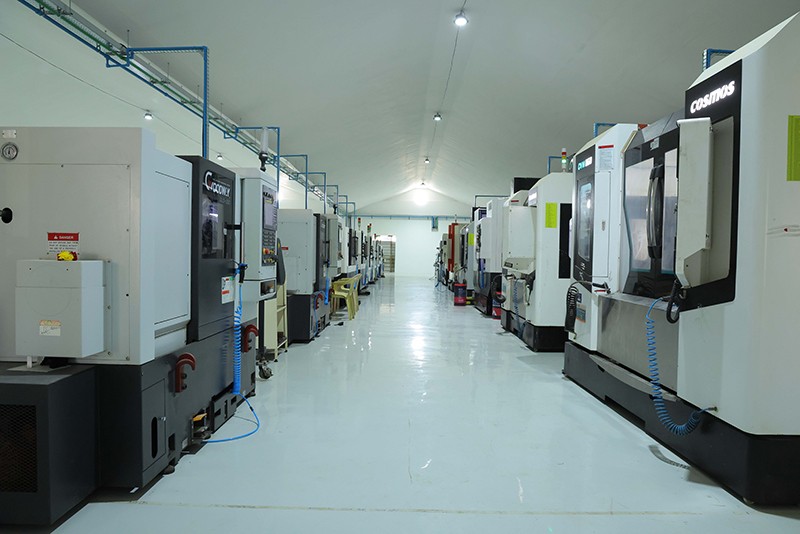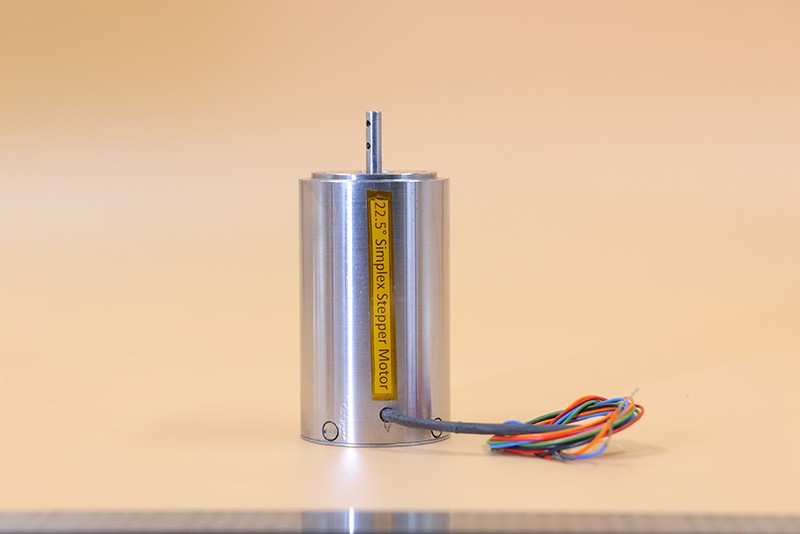 NISAR
NISAR
SonaSPEED motors power NASAISRO synthetic aperture radar mission
Bengaluru/Salem: When the GSLV-F16 lifted off from the Satish Dhawan Space Centre in Sriharikota on the evening of July 30, scores of researchers at the SonaSPEED laboratories in Salem and Bengaluru rejoiced, as the Simplex Permanent Magnet Stepper Motors developed and built by them had successfully powered the first ISRO–NASA Earth Observation Mission.
The Simplex Permanent Magnet Stepper Motors, forming part of the NISAR mission rocket built at the SonaSPEED laboratory in Bengaluru, deploy technology developed by researchers at Sona College of Technology’s Sona Special Power Electronics & Electric Drives (SonaSPEED) division in Salem.
The SonaSPEED stepper motor helps control the fuel-mixture ratio in the actuator assembly of the GSLV-F16, which mixes liquid hydrogen and oxygen to fire the cryogenic engine for the rocket’s final stage. Precise regulation of the liquid fuel and oxidiser mixture ensures reliable engine performance during the ascent phase.
This simple yet sophisticated Simplex Permanent Magnet Stepper Motor is mission-critical: during the high-stress launch sequence, its accurate position control is crucial for stable combustion and trajectory fidelity—factors essential for the successful deployment of the NISAR payload.

The NASA–ISRO Synthetic Aperture Radar (NISAR) mission signifies a new milestone in global climate and disaster monitoring, featuring all-weather, day-and-night imaging capabilities. SonaSPEED motors have been used in earlier GSLV launch missions, including India’s moon mission, Chandrayaan-3. The SonaSPEED factory on the outskirts of Bengaluru manufactures crucial components for aerospace and outer space applications.
SonaSPEED has been ISRO’s trusted technology partner for nearly two decades, delivering space-grade electrical machines such as Permanent Magnet Stepper Motors, BLDC motors, and reaction wheels for previous missions—including Chandrayaan-2, Chandrayaan-3, and the RLV landing test.

It may be recalled that the Simplex Permanent Magnet Stepper Motors featured prominently in the LVM3 actuator assembly for the Chandrayaan-3 mission, which achieved India’s historic first lunar south pole landing in August 2023.
SonaSPEED is one of the 36 R&D Centres at Sona College of Technology, an autonomous institution under Anna University, awarded the highest accreditation grade of NAAC A++ by the National Assessment and Accreditation Council (NAAC), an autonomous body of the University Grants Commission. The CGPA score of 3.65 marks a significant improvement over its previous evaluation conducted five years ago, placing it among a select group of top-rated colleges.
Top Headlines
-
Environment
From Nets to Lifelines: The Rising Whale Shark Rescue Movement Across Indias West Coast
November 29, 2025
-
Environment
Indi Setu: Wildlife on the Brink: Can We Rewild a Warming World?
October 25, 2025
-
Environment
SonaSPEED motors power NASAISRO synthetic aperture radar mission
August 01, 2025
-
Environment
How green is my city
July 01, 2025
-
Environment
India's River Dolphin: Clear And Present Danger
May 28, 2025
-
Environment
South Kashmir The costs of coexisting with predatory wildlife
May 12, 2025
-
Environment
Sariska Tiger Reserve: A maharani recognised
May 02, 2025
-
Environment
Arunachal Pradesh: Retracing a century-old biodiversity in Siang Valley
April 03, 2025
-
Environment
Toxic air and smog choke Delhi as experts at COP29 in Baku warn how dragging feet on fossil fuel reduction can cause catastrophe
November 19, 2024
-
Environment
The last feral horses of India
November 11, 2024

